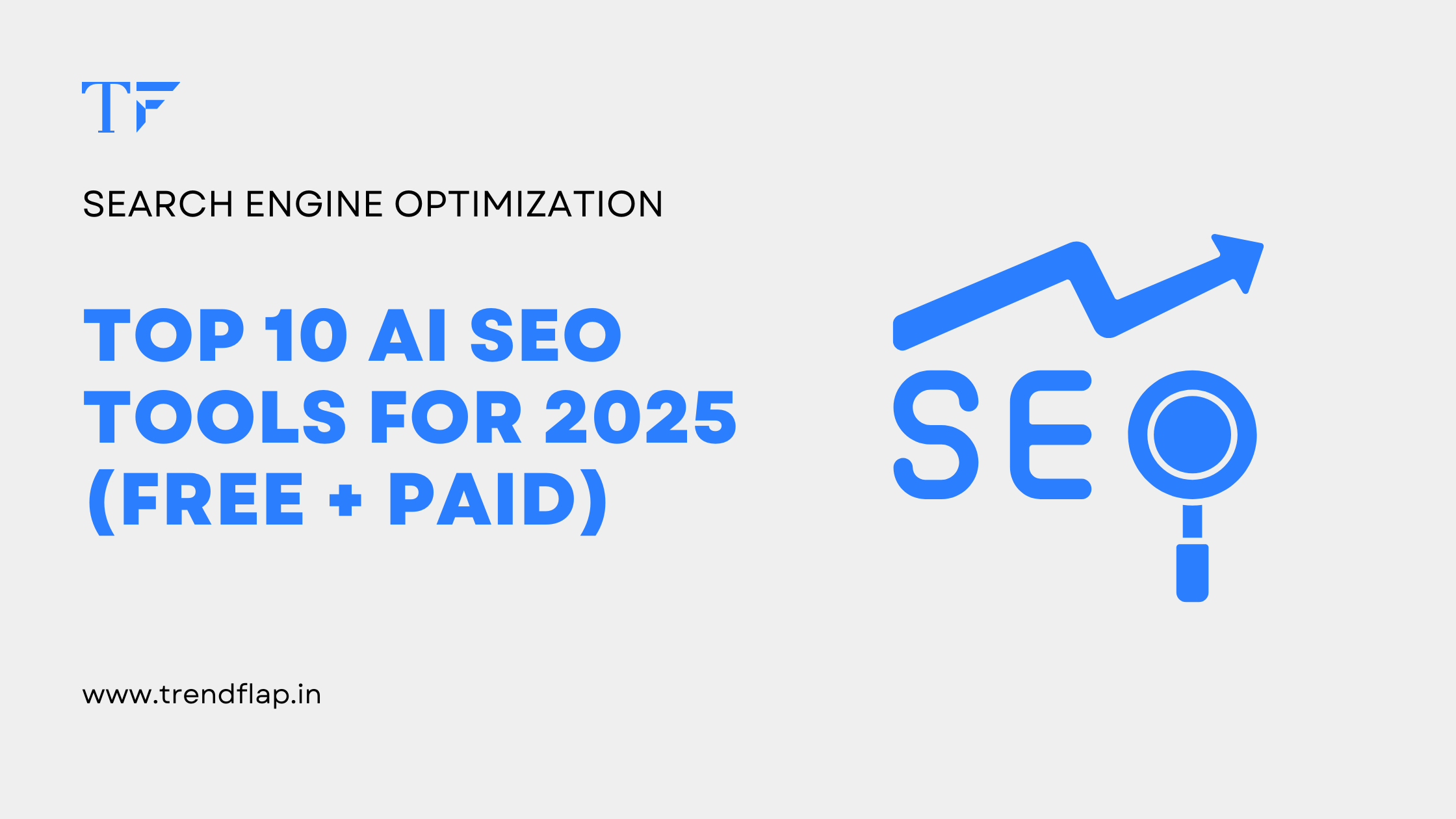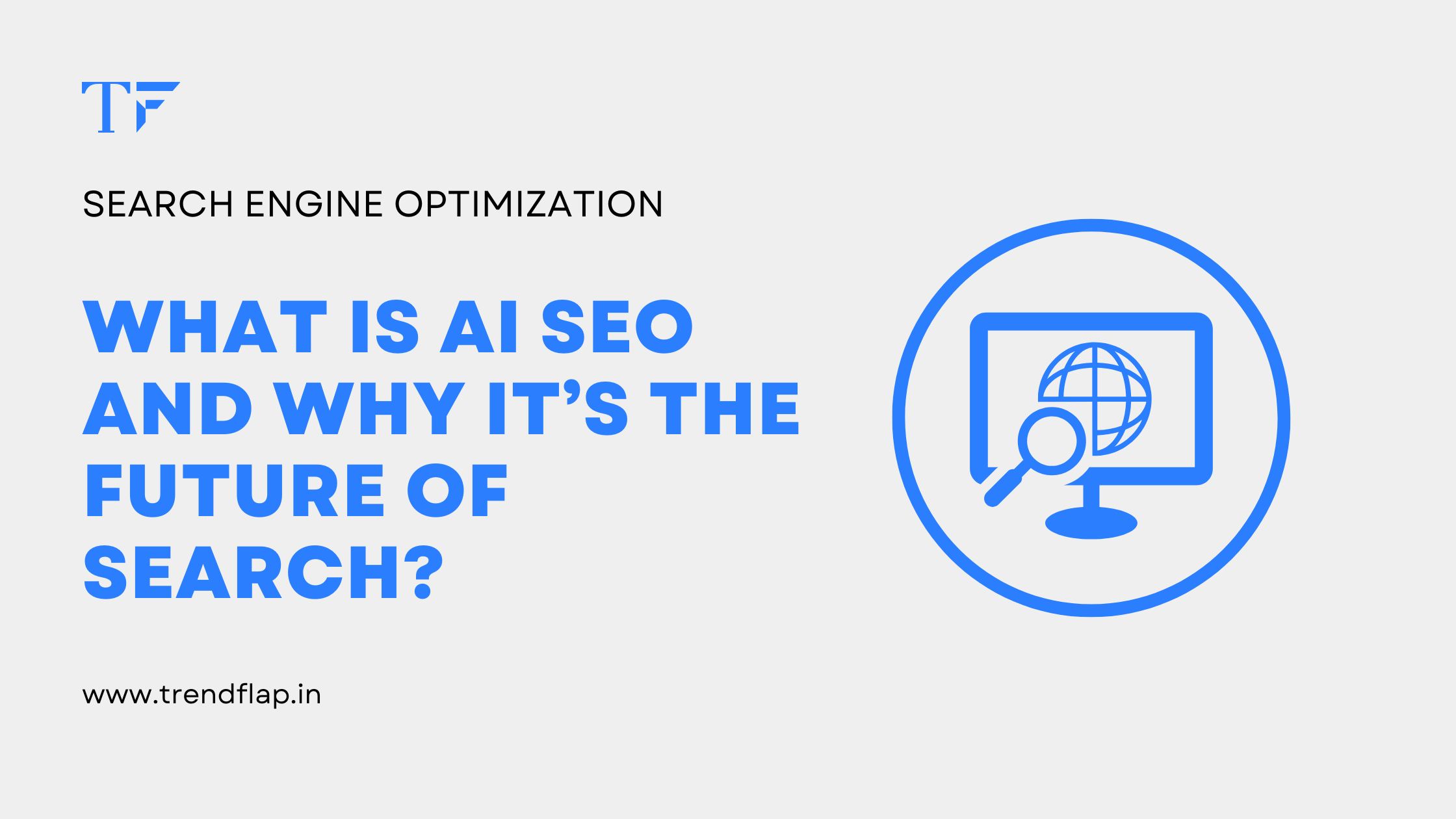
How I Used AI Workflows to Speed Up Keyword Research 10×
Discover the AI workflows that helped me speed up keyword research by 10×. Real strategies, tools, and stats that transformed my SEO process.
Loading...
Learn everything about SEO, including basics, how search engines work, keyword research, on-page & technical SEO, off-page strategies, tools, and common mistakes to avoid.
SEO stands for Search Engine Optimization — the practice of making your website discoverable and persuasive in organic search results. It matters because a majority of online journeys begin with a search query, and organic search can drive more traffic than most other channels. In real projects, well-optimized pages not only attract more visitors but also bring higher-intent users who are actively looking for solutions. This translates into better conversion potential and compounding returns over time.
Google’s own guidance emphasizes helpful, reliable, people-first content. For fundamentals, see Google’s SEO Starter Guide and How Search Works.
According to Google’s public guidance on E-E-A-T, Google uses a variety of signals as proxies that align with how people assess experience, expertise, authoritativeness, and trust.
Observation from practice: when content directly satisfies intent, uses clear structure, and loads fast on mobile, rankings and CTR tend to trend upward — even in competitive spaces.
Search engines operate in three stages: Crawling (finding URLs), Indexing (storing and understanding content), and Ranking (ordering results per query). Ensuring discoverability, clarity, and relevance-to-intent aligns your site with this pipeline.
| Stage | What Happens | Your Action Required |
|---|---|---|
| Crawling | Bots discover your pages | Ensure clean architecture, XML sitemap, and internal links |
| Indexing | Content is analyzed and stored | Use unique, descriptive HTML with clear headings and media alt text |
| Ranking | Results are ordered per query | Optimize for relevance, quality, UX, and intent satisfaction |
For official systems context, review Google’s Ranking Systems Guide.
Three pillars work together: On-Page SEO (optimize page content, metadata, headings, media, and internal links), Technical SEO (improve crawlability, indexation, Core Web Vitals, mobile, security), and Off-Page SEO (build authority via backlinks, brand mentions, and digital PR). Neglecting any one pillar weakens overall results. Balanced work across all three yields compounding gains.
Start with seed topics, expand via keyword tools, and cluster by intent. Prioritize queries that match your products, services, or audience questions. Long-tail keywords typically have lower competition and better conversion. Always map each primary keyword to a dedicated page and ensure that page answers the intent fully.
Helpful free resources include Google Keyword Planner and documentation on creating helpful, people-first content. Observation: when content directly reflects the searcher’s stage (informational vs transactional), engagement and rankings improve.
Quick mapping template: - Primary keyword: [target phrase] - Intent: [informational/commercial/transactional] - Supporting subtopics: [H2/H3 outline] - Internal links: [related URLs to link to/from] - Conversion goal: [CTA/lead magnet/product]
Craft concise, keyword-aligned title tags; compelling meta descriptions; clean H1—H3 hierarchy; descriptive alt text; and logical internal links. Write comprehensive, scannable content that immediately answers the question, then expands with proof, examples, and steps. Use short paragraphs, bullets, and schema where appropriate. From repeated implementations, this structure boosts CTR, dwell time, and the likelihood of earning snippets.
Technical SEO ensures search engines can access, render, and trust your site. Prioritize Core Web Vitals (LCP, INP, CLS), mobile-first optimization, HTTPS, clean URL structures, canonicalization, and lean JavaScript. Submit sitemaps in Search Console and fix crawl anomalies. In audits, resolving CWV, mobile layout shifts, and heavy images often delivers immediate visibility and engagement lifts.
Useful checker: PageSpeed Insights.
Earn high-quality backlinks and brand mentions via digital PR, thought leadership, and useful assets (original research, tools, templates). Prioritize relevance and authority over sheer volume. Outreach with value-first pitches and create content that’s inherently cite-worthy. Observed pattern: content with unique data, expert quotes, and clear visuals earns links more consistently than generic posts.
Start with Google Search Console and Google Analytics for core performance tracking. Add a crawler (Screaming Frog) for technical audits and a suite like Ahrefs or Semrush for keyword, link, and competitive insights. For speed, combine PageSpeed Insights, WebPage Test, and Lighthouse. For content optimization, use on-page graders and AI-assisted editors with human oversight.
| Need | Tools | Outcome |
|---|---|---|
| Performance tracking | Search Console, Analytics | Queries, CTR, indexing; traffic & conversions |
| Technical auditing | Screaming Frog, Lighthouse | Crawl, CWV, JS issues |
| Keyword & links | Ahrefs/Semrush | Opportunities, difficulty, backlink gaps |
| Speed testing | PageSpeed, WebPageTest | Diagnostics for LCP/INP/CLS |
Track organic clicks, impressions, and average position in Search Console; sessions, conversions, and assisted revenue in Analytics; and keyword clusters, backlink velocity, and technical health in your SEO suite. Set up dashboards, annotate major changes (site releases, algorithm updates), and review weekly for trends and monthly for strategy shifts. Focus on qualified traffic and conversions, not vanity metrics.
Avoid keyword stuffing, thin or duplicate content, neglecting mobile UX, slow pages, broken internal links, weak information architecture, and “set-and-forget” mindsets. Don’t chase every update; follow stable principles: satisfy intent, be fast, be clear, be credible, and keep improving. Observed repeatedly: consistent incremental improvements outperform sporadic overhauls.
For algorithm history context and timing correlations, see Google Algorithm Update History.
SEO typically takes 4-6 months to show significant results for new websites, though some improvements can be seen sooner. Established sites may see changes in 2-3 months depending on competition and current site condition.
Basic SEO can be learned and implemented by most website owners using free resources and tools. Complex technical issues, competitive industries, or large-scale optimization benefit from professional expertise.
SEO provides long-term, sustainable traffic at lower costs, while paid ads deliver immediate results but stop when payments stop. Most successful strategies combine both approaches.
SEO budgets vary widely. Small businesses might spend $500-2,000 monthly, while larger companies invest $5,000-50,000+ monthly. Costs typically include tools, content creation, and professional services.
SEO focuses on earning organic rankings through optimization, while SEM includes paid search advertising. SEO takes longer but is sustainable; SEM delivers immediate visibility for a cost per click.

Discover the AI workflows that helped me speed up keyword research by 10×. Real strategies, tools, and stats that transformed my SEO process.

Discover the best AI SEO tools for 2026. Compare free and paid options like Surfer SEO, Semrush, and ChatGPT with pricing, features & expert insights.

Discover what AI SEO is, how it differs from traditional SEO, and why it's transforming search in 2026. Learn strategies to stay ahead in AI-driven search.
 blog
blogDiscover how AI SEO transforms SaaS growth. Learn AI Overviews, GEO strategies, and proven tactics to stay ahead in 2025's algorithmic search landscape.
 AI
AIDiscover the exact AI strategies I used to double my blog traffic in just 30 days. Complete guide with actionable tips and real data insights.
 Digital Marketing
Digital MarketingDiscover 15+ free tools to spy on your competitors' marketing strategies in 2025. From Facebook ads to SEO keywords - get insights that drive results!